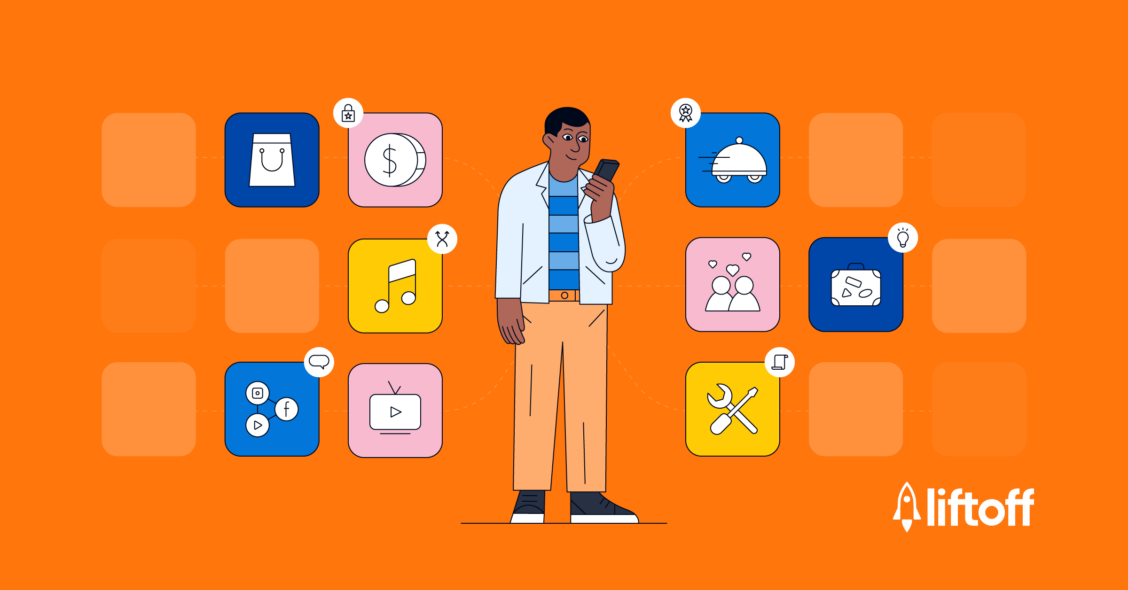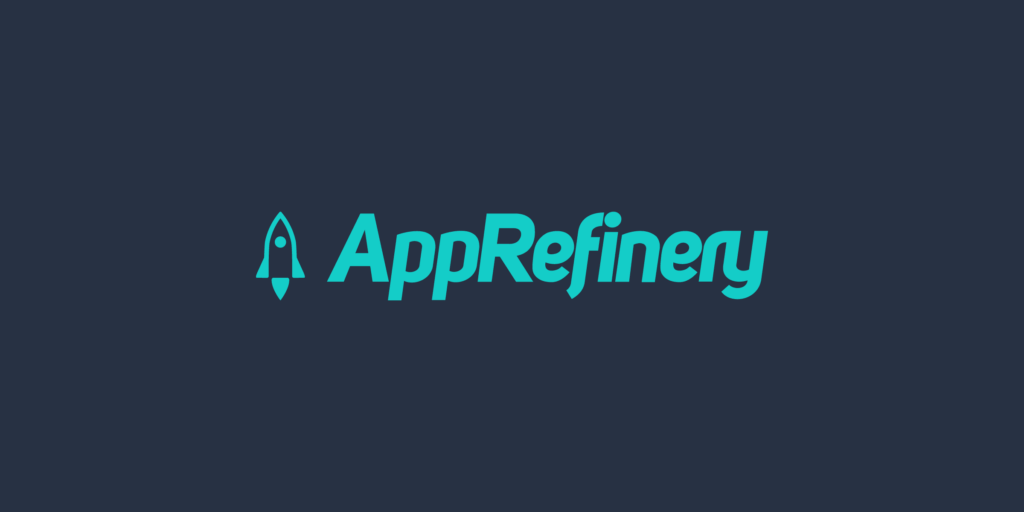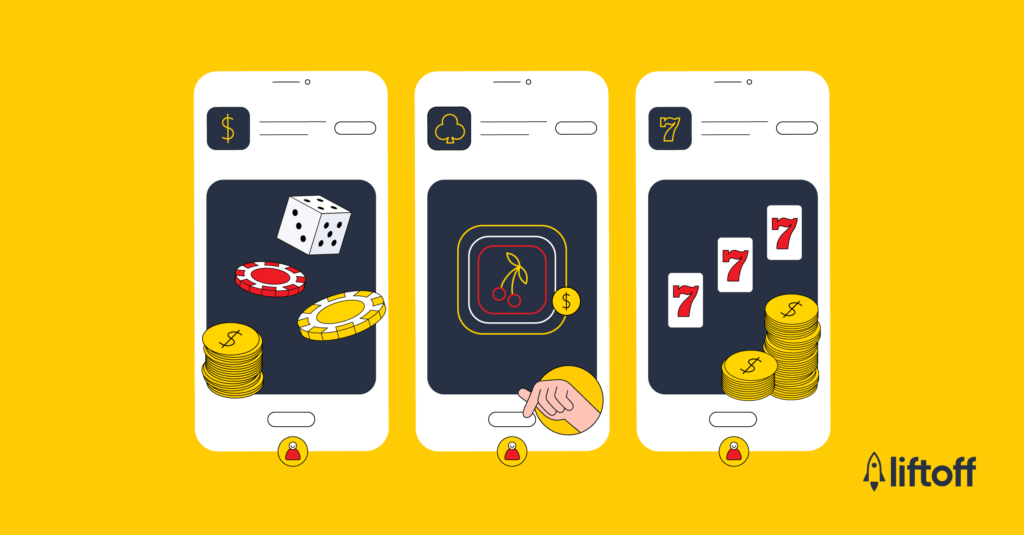
Beyond the Game: What to Expect From Consumer Apps in the Rest of 2025
Kalle Heikkinen is Chief Analyst at AppRefinery, where he leverages his expertise in market analysis, competitive intelligence, and product feature and live ops design. With nine years of experience in the mobile gaming and app industry, Kalle excels in providing actionable insights that help stakeholders create and operate successful apps.
In 2025, the boundaries between gaming and consumer (non-gaming) apps are blurring. As engagement becomes the cornerstone of app strategy across industries, consumer-facing platforms increasingly adopt the mechanics and mindset of mobile games.
What was once limited to simpler features, such as badges or progression bars, is now evolving into sophisticated engagement systems, conversational AI tools, and collaborative user experiences. Here’s a look at three major trends shaping the future of non-gaming apps in 2025.
1. Game-Inspired Engagement Systems Go Deeper
Gamification is no longer a novelty—it’s a core engagement strategy. While long-standing features like badges still exist, we’re seeing acompelling shift toward systems that mirror mobile game progression models.
Examples in the Wild:
- Crypto.com has a “missions” feature with soft currency rewards and gated quests like crypto trades to unlock bonus content. Recently, they amplified their rewards system with a daily streak mechanic. “Missions” mirrors mobile game engagement loops with its daily tasks and in-app currencies.
- Bing drives engagement through Microsoft Rewards, offering points for daily searches, streaks, and tasks. Users level up, earn badges, and redeem or donate points, using game-inspired mechanics like progression and habit-building rewards.
- LinkedIn recently introduced casual games like “Queens” and “Crossclimb,” which reward players for daily participation and progress tracking. These games tap into light competition, learning, and streak mechanics to encourage repeat visits and increase time spent on the platform.
These systems use daily hooks, progress tracking, and layered rewards to form long-term engagement habits.
Why It Matters:
Expect more apps to adopt more robust engagement systems. Examples like Bing show that habit-building features can work outside of obvious app categories like education and fitness. These systems drive retention, habit formation, and in many cases, improved monetization.
2. The Rise of AI as a Front-Facing Feature
In previous years, AI quietly powered personalization behind the scenes. In 2025, for many apps, it’s stepping into the spotlight as a user-facing tool that’s no longer tucked away in support centers.
Examples in the Wild:
- WhatsApp now features a Meta AI assistant right in the search bar. It responds to queries, suggests helpful topics like “networking tips” or “retirement savings,” and provides contextual support in a highly visible way.
- Snapchat’s My AI chatbot is integrated into the main chat list, allowing users to engage with AI for anything from conversation to recommendations. It is seamlessly woven into the social fabric.
- Trip.com uses AI to streamline trip planning, from generating personalized itineraries to suggesting routes and attractions. Its collaboration feature lets users co-plan with friends, adding a social layer that makes the tool more engaging and valuable.
Why It Matters:
AI is moving beyond novelty status. As users grow comfortable engaging with bots for everyday tasks, the value of these tools will increasingly hinge on visibility and usefulness. The next generation of non-gaming apps will treat AI not as a bonus, but as a built-in utility.
3. Social Layer 2.0: From Community to Collaboration
Social isn’t just about broadcasting anymore; it’s about building together. In 2025, we’re seeing the emergence of what could be called Social Layer 2.0: interactive features that let users work toward something meaningful side-by-side.
Emerging Examples:
- Duolingo features Friend Quests, which are weekly co-op challenges in which users team up with a friend to hit shared goals like earning XP or completing perfect lessons. Nudges and XP boosts keep both users active, making language learning more social and goal-driven.
- Spotify’s Blend feature lets two or more users combine their listening habits into a single shared playlist. Updated daily, it surfaces overlaps in music taste, making discovery feel like a joint experience rather than a solo scroll.
- The rewarded play platform Playio has a guild-like Party system where users team up to complete tasks and earn shared points toward weekly rewards. Progress is tracked collectively, turning solo app use into a co-op experience with real stakes tied to in-app activity.
These elements turn apps into shared spaces, supporting accountability, inspiration, and light gamification through a shared social presence.
Why It Matters:
As the novelty of solo utility apps wears off, experiences that tap into social motivation will win when it comes to engagement. Collaboration creates emotional investment, and that’s what keeps people coming back.
Looking Ahead
What’s happening in gaming is reshaping the broader app ecosystem. From embedded streak systems to integrated AI and co-operative design, non-gaming apps are evolving to become more playful, more personal, and more social.
For product teams and strategists, the takeaway is simple: users aren’t just looking for tools, they’re looking for experiences that keep them coming back.Looking for even more insights on the latest trends in app development? Request a demo of AppRefinery, our exclusive, newly-launched platform designed to revolutionize your approach to app development and growth.

